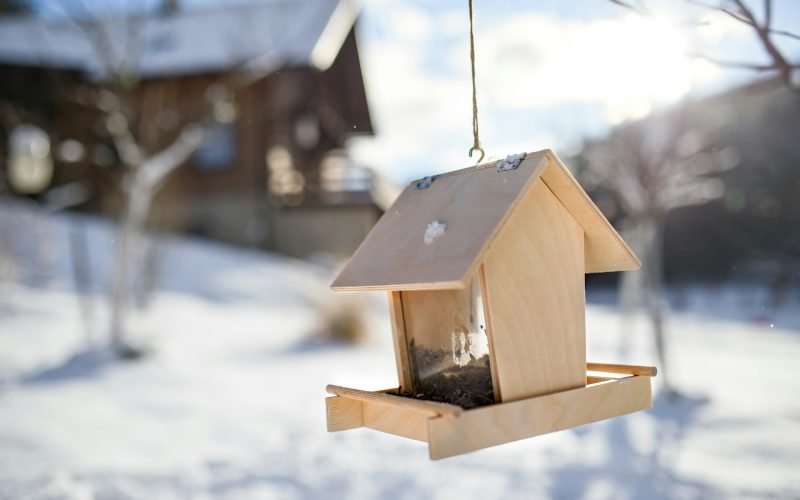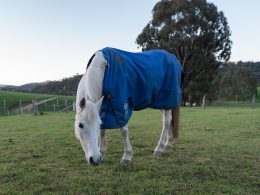As the winter months approach, the natural food sources that sustain wild birds throughout the rest of the year become scarce. Insects, seeds, and berries, which make up a large part of many birds’ diets, are often buried under snow or simply unavailable due to the colder weather. Providing the right types of food can make a significant difference in the survival and health of wild birds during this challenging season.
The Importance of Winter Bird Food
During winter, birds face increased challenges in finding sufficient food to meet their energy needs. The cold weather requires them to expend more energy to stay warm, which in turn means they need to consume more calories. At the same time, many of their natural food sources are depleted or inaccessible. This makes winter a particularly vulnerable time for birds, especially for those that remain in colder regions rather than migrating to warmer climates.
Offering food during the winter helps birds maintain their energy levels and survive the cold. It also encourages a diverse range of bird species to visit your garden, bringing colour and activity to otherwise bleak winter landscapes. Additionally, regular feeding can support bird populations by helping them get through the harshest months, potentially leading to healthier and more robust breeding in the spring.
Types of Winter Bird Food
Different species of birds have varying dietary needs, so offering a variety of foods is essential to attract and support a diverse group of birds. Here are some of the best types of food to offer during the winter:
1. High-Fat Foods
Fat is crucial for birds during the winter because it provides a dense source of energy. Suet is one of the best high-fat options available. Suet cakes, which can be purchased or made at home, are a favourite among many bird species, including woodpeckers, nuthatches, and tits. Peanut butter is another high-fat food that birds love, and it can be smeared on pine cones or mixed with seeds to create a nutritious treat.
2. Seeds
Seeds are a staple in many birds’ diets, and during winter, they become even more important. Black sunflower seeds are particularly popular because of their high oil content, which provides much-needed energy. Other good seed options include nyjer (also known as thistle) seeds, which are favoured by finches, and mixed seed blends that cater to a variety of species. It’s important to choose quality seed mixes that don’t contain fillers like wheat or milo, which most birds tend to avoid.
3. Nuts
Nuts, such as unsalted peanuts, are another excellent source of protein and fat. They attract a range of birds, including woodpeckers, jays, and tits. You can offer whole peanuts in their shells or shelled, chopped nuts. Just be sure to avoid salted or flavoured nuts, as these can be harmful to birds.
4. Fruits
Although fresh fruits are less abundant in winter, some birds still enjoy eating them. Apples, pears, and berries can be offered, either fresh or dried. Place these fruits in a feeder or simply scatter them on the ground. Fruit-eating birds like thrushes and blackbirds will appreciate this addition to their diet, especially if snow or ice has covered their natural food sources.
5. Mealworms
Mealworms, either live or dried, are a great protein source that can attract insectivorous birds such as robins and wrens. In winter, when insects are scarce, mealworms provide a much-needed supplement to these birds’ diets. Dried mealworms can be soaked in water before offering to make them more appealing and easier for birds to digest.
How to Feed Birds in Winter
Feeding birds in winter is not just about what you offer but also how you offer it. Here are some tips to ensure your winter feeding is effective:
1. Regular Feeding
Once you start feeding birds in winter, try to do so regularly. Birds can come to rely on the food you provide, especially during particularly harsh weather when other food sources are inaccessible. Refill feeders frequently to ensure a steady supply of food.
2. Use Suitable Feeders
Different birds prefer different types of feeders. For example, hanging feeders are ideal for tits and finches, while ground feeders attract robins and blackbirds. Suet feeders, often made of wire or mesh, are perfect for clinging birds like woodpeckers and nuthatches. Ensure your feeders are positioned in safe locations, away from predators and in places where birds feel secure.
3. Keep Feeders Clean
Hygiene is crucial when feeding birds, especially during winter when damp conditions can lead to mould growth in feeders. Regularly clean your feeders with warm, soapy water and dry them thoroughly before refilling. This helps prevent the spread of diseases that could harm the birds.
4. Provide Fresh Water
In addition to food, birds need a reliable source of water for drinking and bathing. During winter, water can freeze, so providing fresh water daily is important. Consider using a heated bird bath or adding a small heater to prevent water from freezing.
Feeding birds during winter is a rewarding way to help them survive the cold months while also bringing life and vibrancy to your garden. By offering a variety of nutritious foods such as suet, seeds, nuts, fruits, and mealworms, you can support a wide range of bird species and ensure they have the energy they need to thrive. Remember to keep feeders clean, provide fresh water, and maintain a regular feeding schedule to make your garden a winter haven for wild birds.









